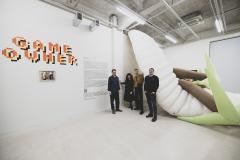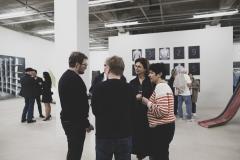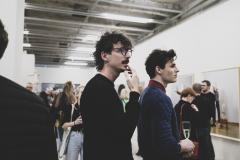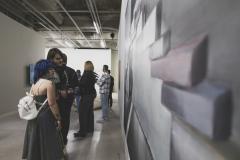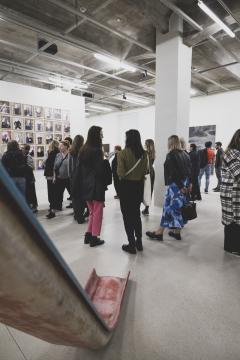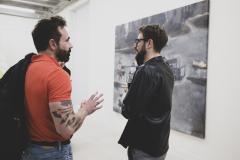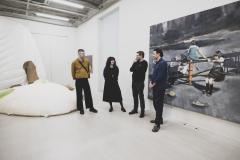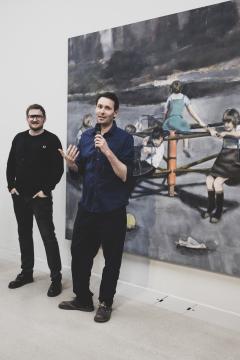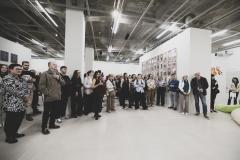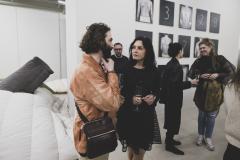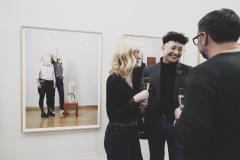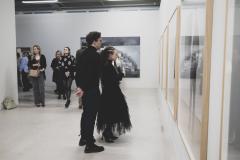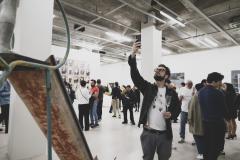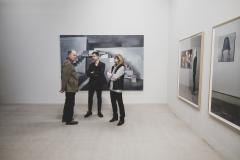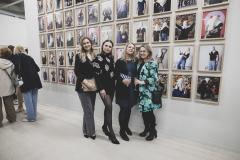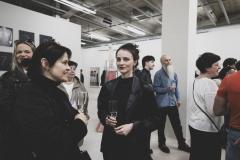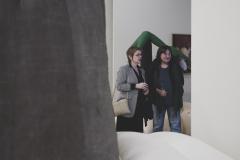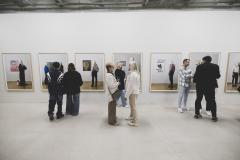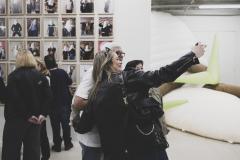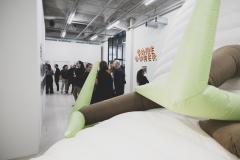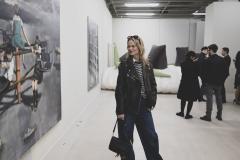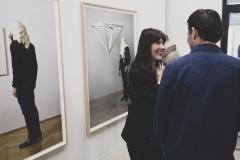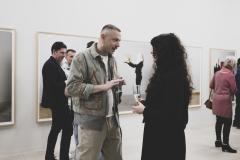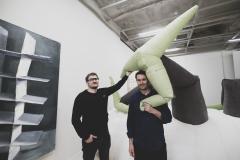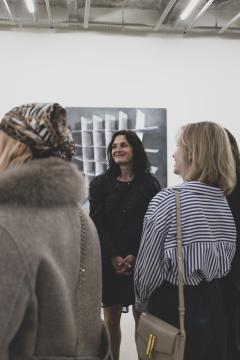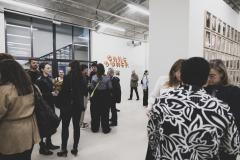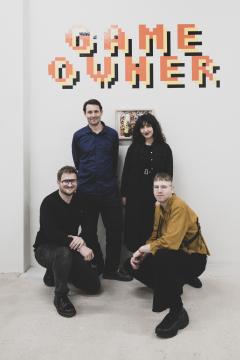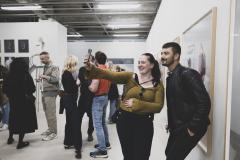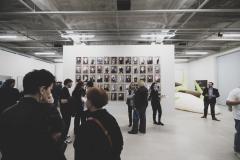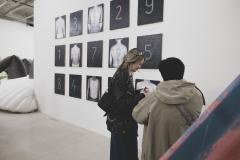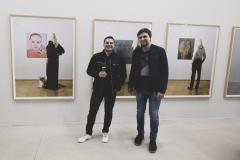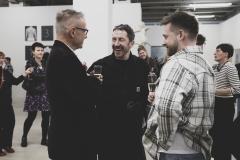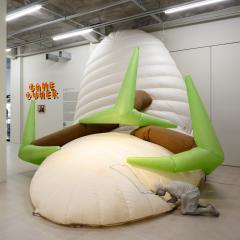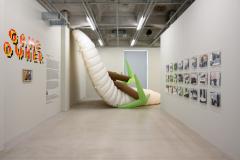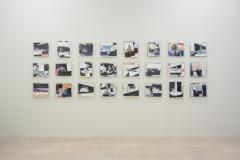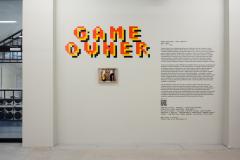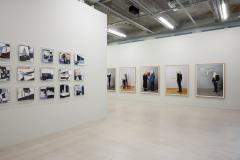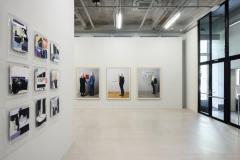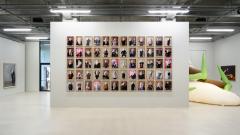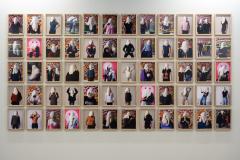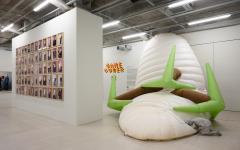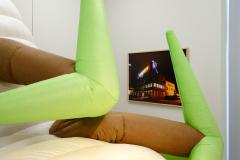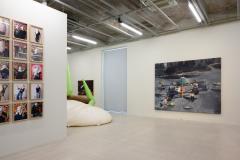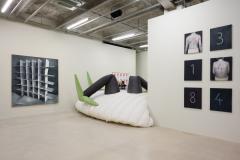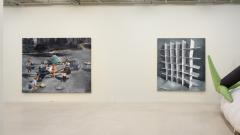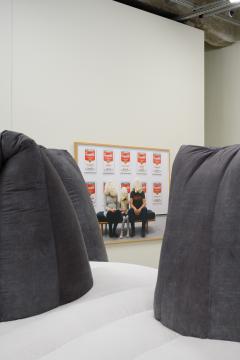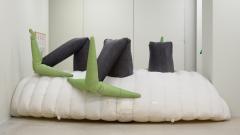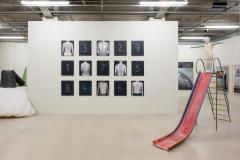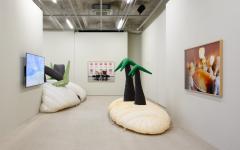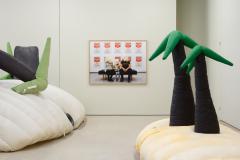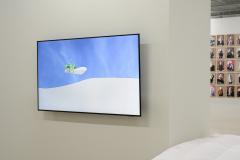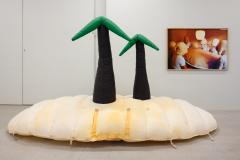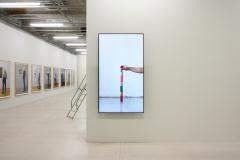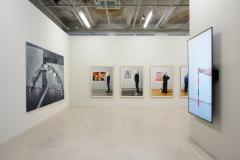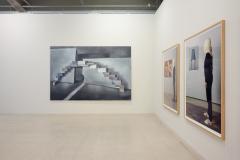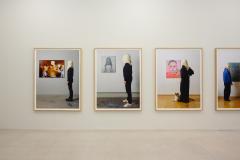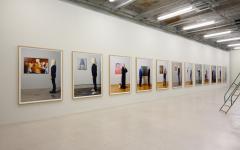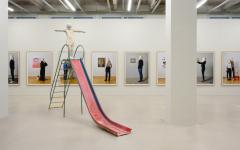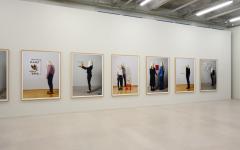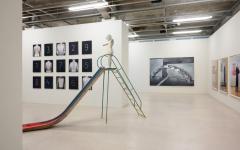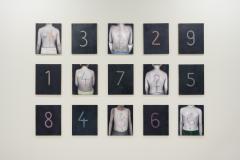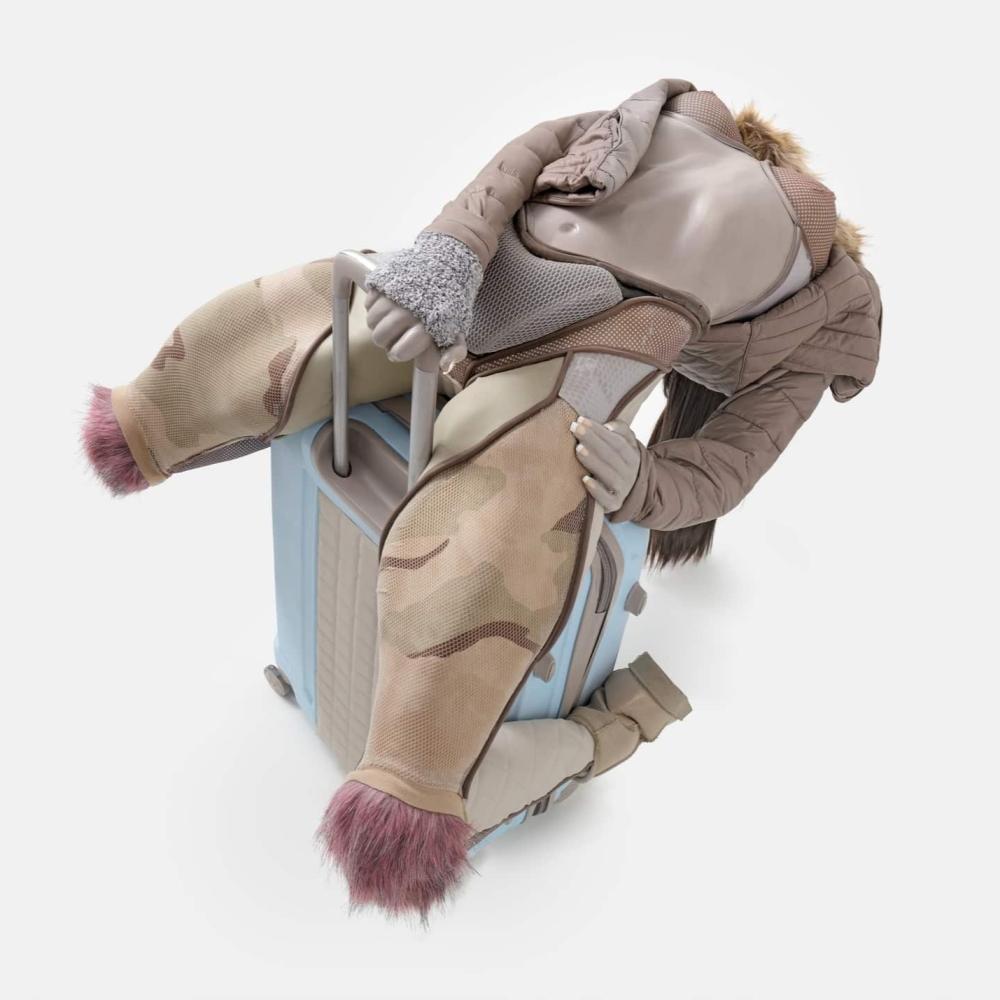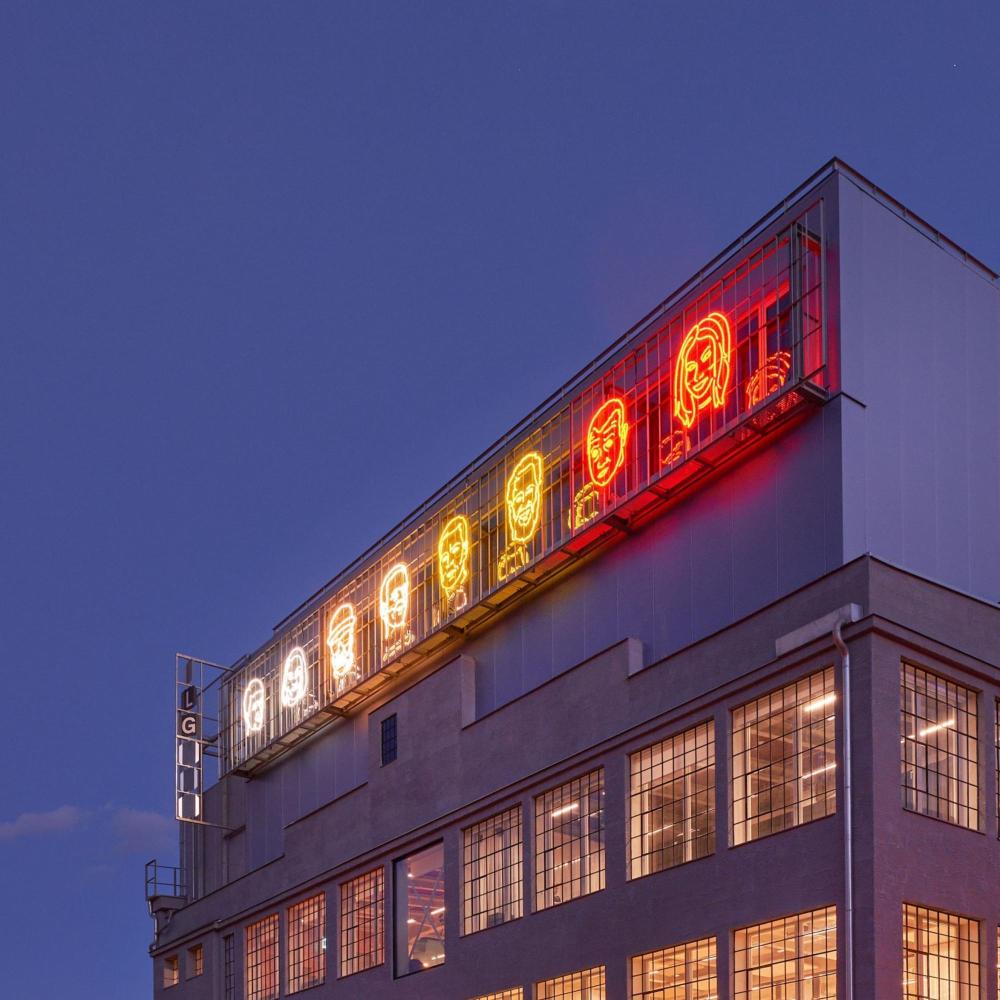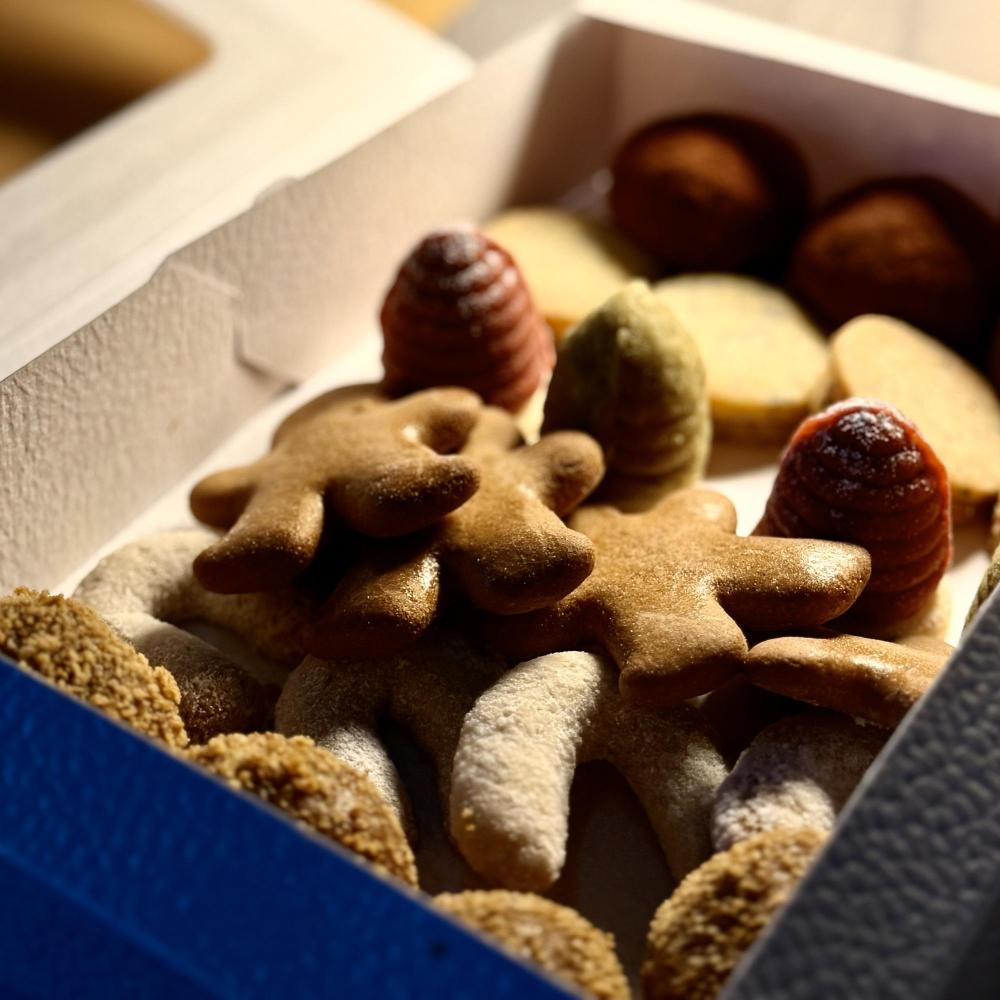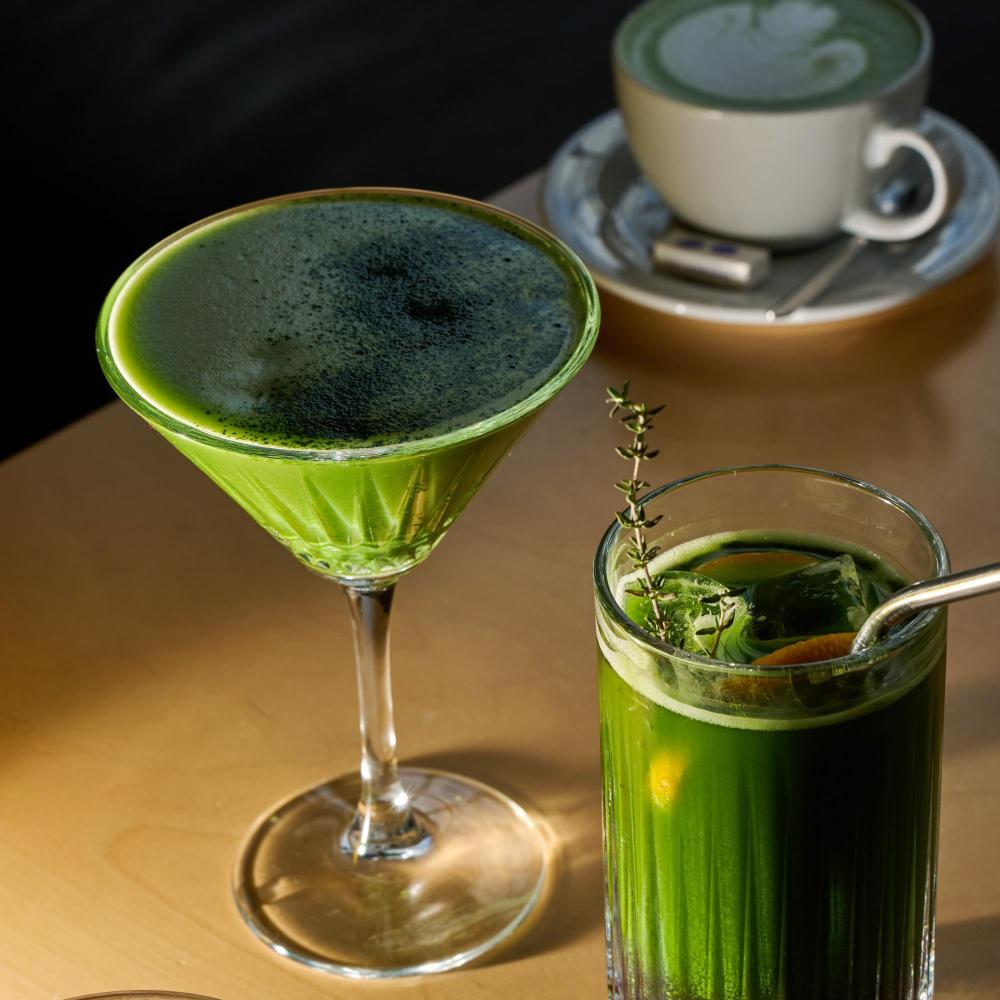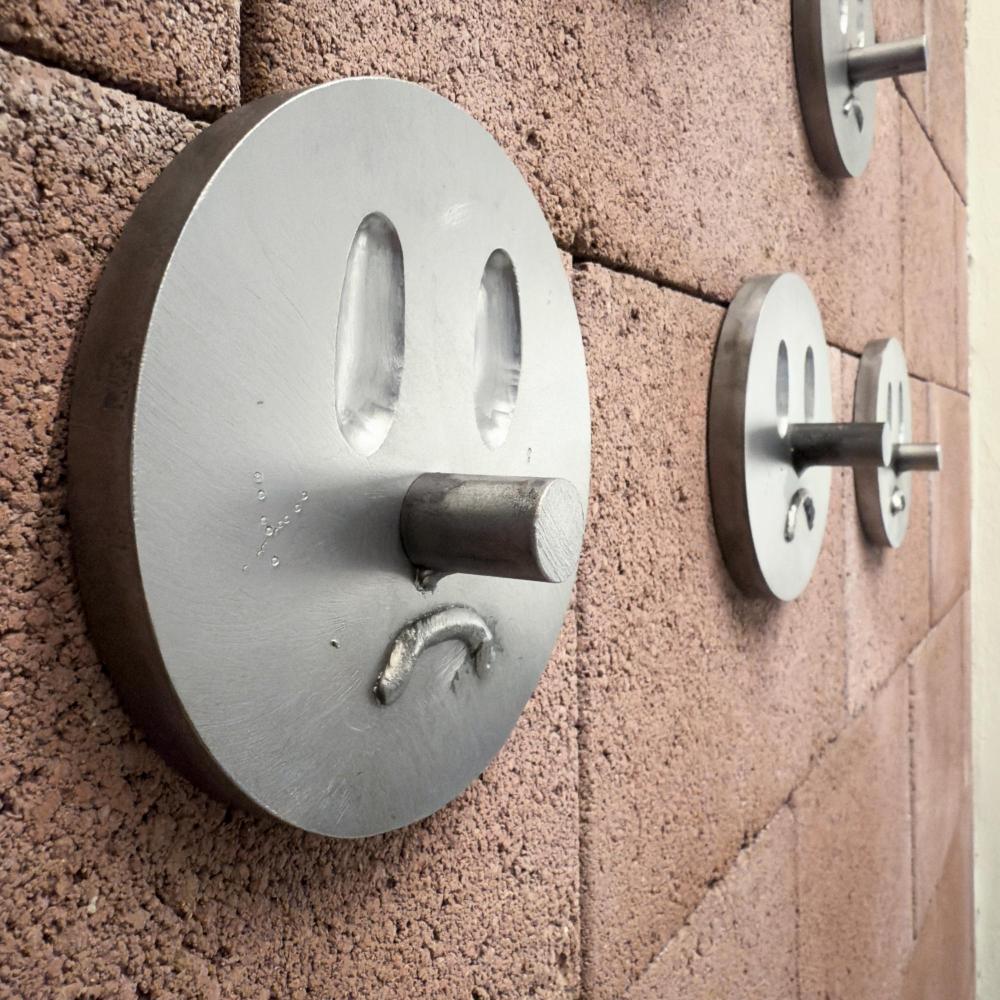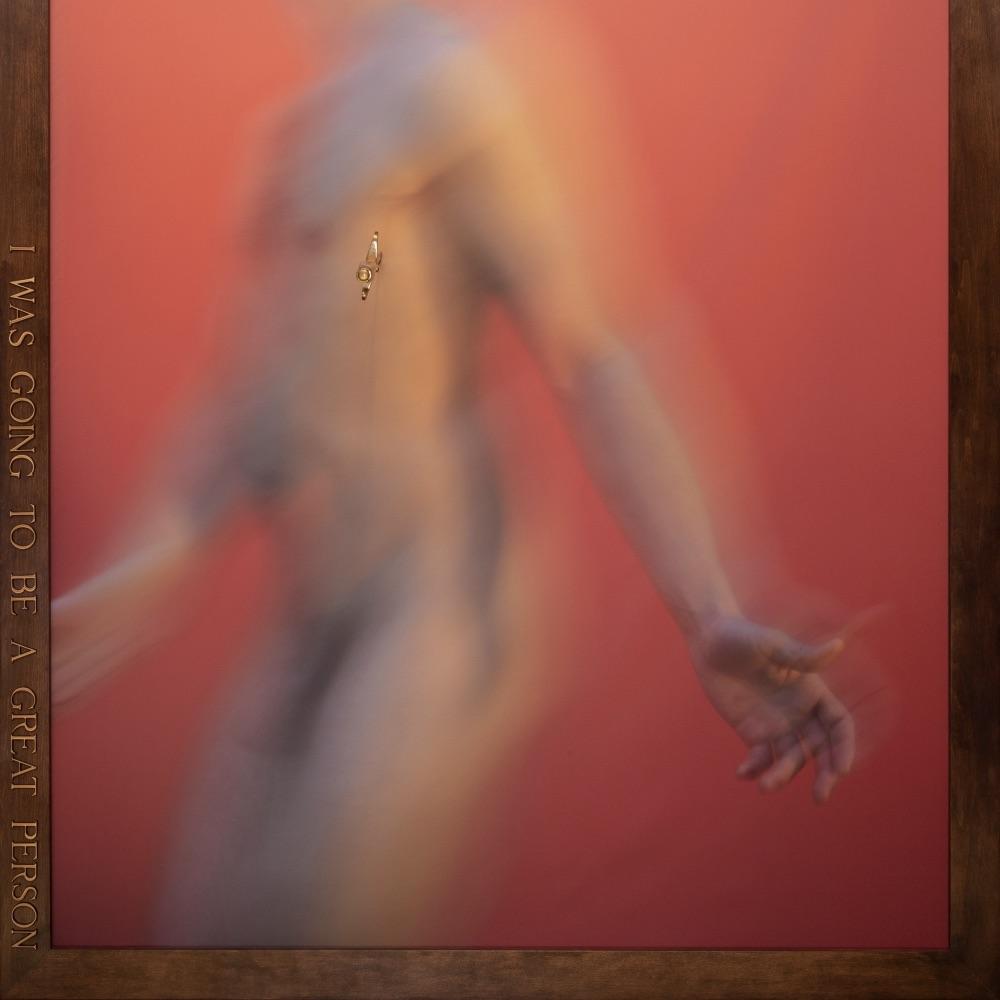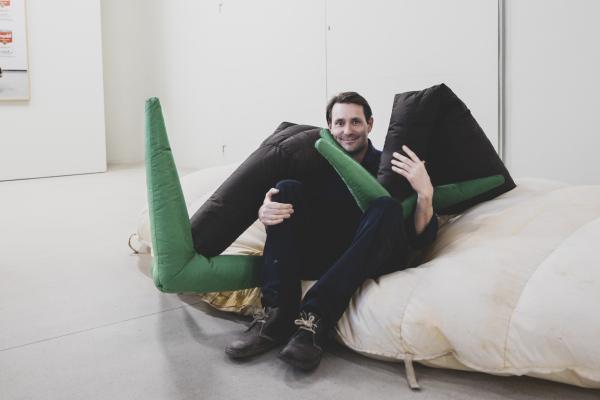
What initially drew you to the concept of play in your work, and how do you define “play” in the context of your art?
Play, for me, functions as both material and method—just as a painter might use colour or brushstrokes to form their composition, I use play to shape my work. It is about movement, transformation, and process. A lot of traditional art is static—fetishised objects behind glass, protected from touch, movement, or change. We’re told to engage with them intellectually, at a distance. My work seeks to disrupt that paradigm. I believe art should be dynamic and embodied—something that moves and moves you. Involving the body brings a different dimension of cognition and experience. We understand more deeply when we engage physically and sensorily. Unfortunately, many gallery spaces reduce visitors to passive observers, guiding their gaze and framing their thoughts within narrow parameters. My response is to open those parameters up—play activates the body, ignites curiosity, and encourages new ways of thinking.
How do you see play as a tool for engaging with your audience?
Play offers a path into participation, and that participation transforms the viewer into a co-creator. In projects like The Dough Portraits or The Island Parade, audiences are invited not just to witness the work, but to shape it. They can knead, push, and shape—literally and figuratively—what the artwork becomes. That act of co-creation generates a sense of owner - ship, and with it, a more profound connection to the piece. A static painting on a wall rarely offers that kind of intimacy. Play is inherently social. When people engage with my work, they often do so together. There’s joy in that communal interaction—spontaneity, invention, and a return to something essential. It’s an invitation to be curious and to take risks in a safe, absurd, or humorous setting. It’s art that welcomes you in, rather than asking you to stand back and interpret from afar.
How do you balance the structure or constraints of your medium with the freedom inherent in play?
Every game has rules—but rules can shift. That’s one of the beautiful things about play: it allows for flexibility, negotiation, and invention. In my work, the sculptural elements or conceptual frameworks provide a structure, a set of conditions. But within that, participants are free to experiment and improvise. Take the inflatable islands or the dough used in The Dough Portraits—these are not just materials; they’re props in a game with evolving rules. The aesthetic is deliberately slapstick, even kitschy, to lower barriers and encourage people to let go of self-consciousness. You’re allowed to look ridiculous. You’re allowed to fail, to laugh, to try again. If my art feels inclusive and generous—if it invites people in without demanding prior knowledge or reverence—then I’m doing what I set out to do.
For your co-exhibiting artist Jakub, the idea of play might be more abstract, while in your case it seems more grounded in physical interaction. How do you think the materiality of your work shapes how play is experienced?
Jakub’s work captures play visually— he paints and sculpts images of playgrounds, of conventionally defined spaces where play once happened or could happen. There’s a kind of poetic distance to his approach. In contrast, my work doesn’t just depict play—it requires it. I create spaces and situations that function as playgrounds themselves, environments designed for interaction and co-creation. In a way, I’m offering tools for the audience to reimagine their relationship with art. The physicality—the materials, the props, the participatory invitations—these are not just aesthetic choices. They’re strategies to activate engagement, to turn spectators into players.
Your approaches are very different, and I find that the differences tie the exhibition together more than any surface level similarities. It’s actually a bit like a game, where different artworks are brought into the same space and invited to “play” together.
Exactly. We come in with different temperaments, different methods, but the friction and contrast are productive. They create a kind of dialogue—sometimes harmonious, sometimes more challenging. But that’s what play is too: a shared space where things can collide, shift, adapt. We’re not just showing work—we’re testing boundaries, setting up conditions for something unpredictable to happen. And that’s what keeps it alive.
One of the central elements of the exhibition is the long wall filled with your latest iteration of the Dough Portraits series, this time featuring prominent Czech art collectors. Since 2008, this series has been shown internationally at major venues including the Venice Biennale Foundation, KIASMA in Helsinki, the National Gallery in Copenhagen and at the Gwangju Biennale. How does this new series differ from previous iterations?
This new chapter, The Collectors Dough Portrait Series, introduces multiple new layers to the ongoing project. These portraits are not just about covering a person’s head with dough. They become a multi-faceted collaboration—between myself and the collector, between the collector and the artworks they’ve chosen to pose with, and between my work and that of Jakub Janovský and other artists included. Here, the collector is both subject and performer. The images mimic classic exhibition documentation, where a viewer stands before an artwork. But with their faces obscured by dough, these collectors cease to be passive spectators. Their anonymity turns them into symbolic figures, blurring the lines between viewer and viewed. It’s a performative gesture that generates new meaning. In some portraits, the gesture becomes poetic or even theatrical. For example, Pavlína Pudil holds a dried vegetable object with a carved face, while her own face remains hidden. Roman Pilíšek and his wife Sylva pose with a glass skull—an unmistakable memento mori. Janis Sidovský has selected a faceless child painted by Jakub, echoing the themes of obscured identity and introspection and creating a collaborative piece between Jakub and I. Robert Runták adds a reflexive twist by posing with Elliptic Touchdown, my very first dough-related work from 1999—predating the entire portrait series. Meanwhile, Jakub Kodl, transformed into a dough-headed figure, confronts an artichoke-headed subject. Each pairing invites metaphorical readings, playful or profound. The material itself—soft dough—also enters into visual and conceptual dialogue with the chosen artworks. For example, Petr Pudil stands before a plaster relief; both dough and plaster appear similar in color, yet one is malleable and impermanent while the other is fixed and enduring. It’s a material conversation that speaks volumes. Other participants, like Barbora Půlpánová, blur the boundaries between human and animal, real and painted. The portraits of the people of Telegraph and Olomouc stand out in particular— many adopted expressive, even performative poses. Some coordinated their outfits, adding color, humor, and a festive energy that expands the work’s participatory layer.
And then there’s the inflatable islands, which contribute to a playful, almost surreal atmosphere in the gallery. Can you talk more about their role in the exhibition?
The inflatable islands are emblematic of my ongoing exploration of mobile, adaptable spaces. In the gallery, they appear at rest—one invites you to sit while watching The Island film, and another leans against a wall, allowing visitors to walk beneath it. But they’re never entirely static. They’re ready—to move, to engage, to be activated. Actually, a sculpture by Jakub of a boy drawing with crayons is already activating one of the islands. It might be the most natural engagement between our works on the exhibition. The two different sculptural approaches coactivates one another and in a time-limited site-specific merge they create a third work. There is also the film, where we see the island traversing landscapes around the world: floating in the sea, being transported on a tuktuk roof, carried across a beach or schoolyard. It even takes flight over a salt lake and sand dunes. These images become metaphors for community, movement, and transformation while also emphasizing global warming, changing landscapes and the global migration issues. The islands travel the world on the lookout for new ecologies in which they feel at home, but in spite of all the different places they visit they never fit in. By situating the islands in the gallery, I offer a resting point and a staging ground—another invitation for the audience to participate in the story of the artwork. To climb aboard, to walk around, to dream of where it might go next.
Looking beyond The Game Owner exhibition, what themes or projects are you currently interested in exploring? How do you see your practice evolving in the future?
Several ideas are currently percolating—some are extensions of ongoing projects, others are entirely new concepts. One piece I’m particularly keen to revisit is The Human Cannonball Painting. It’s only been realized once, but I envision it happening in a spectacular location—imagine launching over the Grand Canal in Venice, or within the Turbine Hall at Tate Modern. MoMA PS1’s courtyard or Museum Tinguely in Basel would also be ideal contexts. I’m also considering a final chapter for the Inflatable Island project. It feels like it deserves a major presentation—something that brings together its global journey in a conclusive, celebratory form. A new direction I’m excited about involves producing life-sized inflatable replicas of iconic sculptures by artists like Michelangelo, Henry Moore, Picasso, Dubuffet, Niki de Saint Phalle, and Yayoi Kusama. These inflatable versions would act as catalysts for participatory events— games, parades, and physical engagement in museum sculpture parks. It’s a way to bring historical masterpieces into the present through movement and play. I also dream of creating a Spiral Cloud above Robert Smithson’s Spiral Jetty, using a small airplane to draw vapor trails in the sky—bringing together land art and ephemeral performance. Another ambitious concept is transforming the Danish Pavilion at the Venice Biennale into a medieval castle, with audience participation central to the process. The experience would culminate in a joyful act: firing flowers over the walls with air cannons—a playful, poetic act of reclaiming space through beauty. Furthermore, I’m interested in making public commissions in schools and other public spaces indoor and outdoors. At the heart of it all is the idea of art as experience—as something lived, shared, and continuously reshaped through participation.
